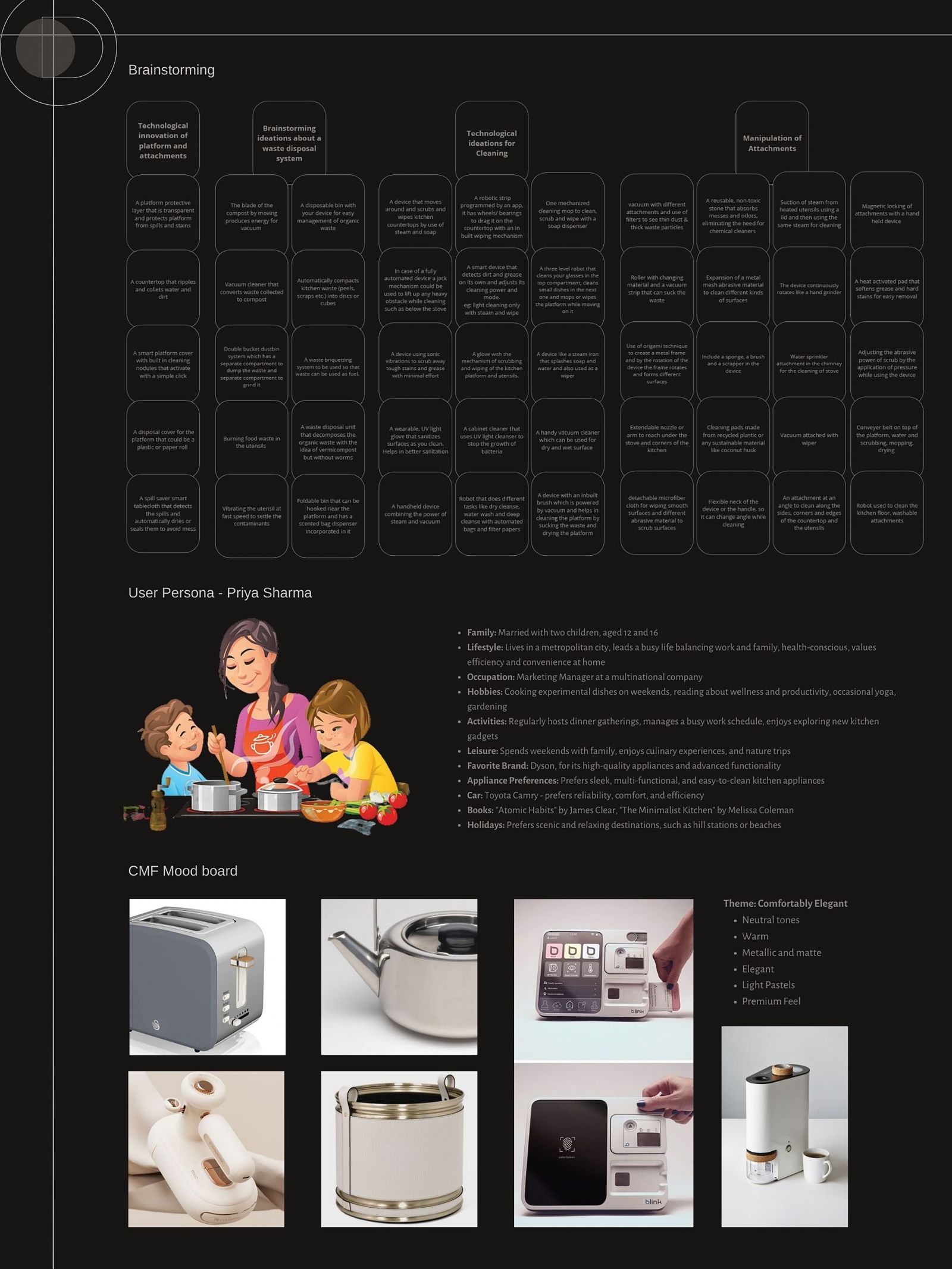Your browser is out-of-date!
For a richer surfing experience on our website, please update your browser. Update my browser now!
For a richer surfing experience on our website, please update your browser. Update my browser now!
This project embodies the essence of merging design thinking with the industrial realm, transforming ideas into reality through meticulous research, market study, and conceptualization. At its core lies Prismate, a revolutionary kitchen cleaning device crafted to simplify daily chores while balancing aesthetics and functionality—a true reflection of tomorrow’s needs. Versatile and efficient, Prismate tackles utensil cleaning, platform scrubbing, backsplash maintenance, and those hard-to-reach corners with ease, saving effort and time. This journey not only redefined problem-solving through design but also underscored the importance of manufacturability, usability, and beauty, culminating in a device that seamlessly integrates innovation into everyday life.

.jpg)
.jpg)


.jpg)
.jpg)
.jpg)
.jpg)
.jpg)